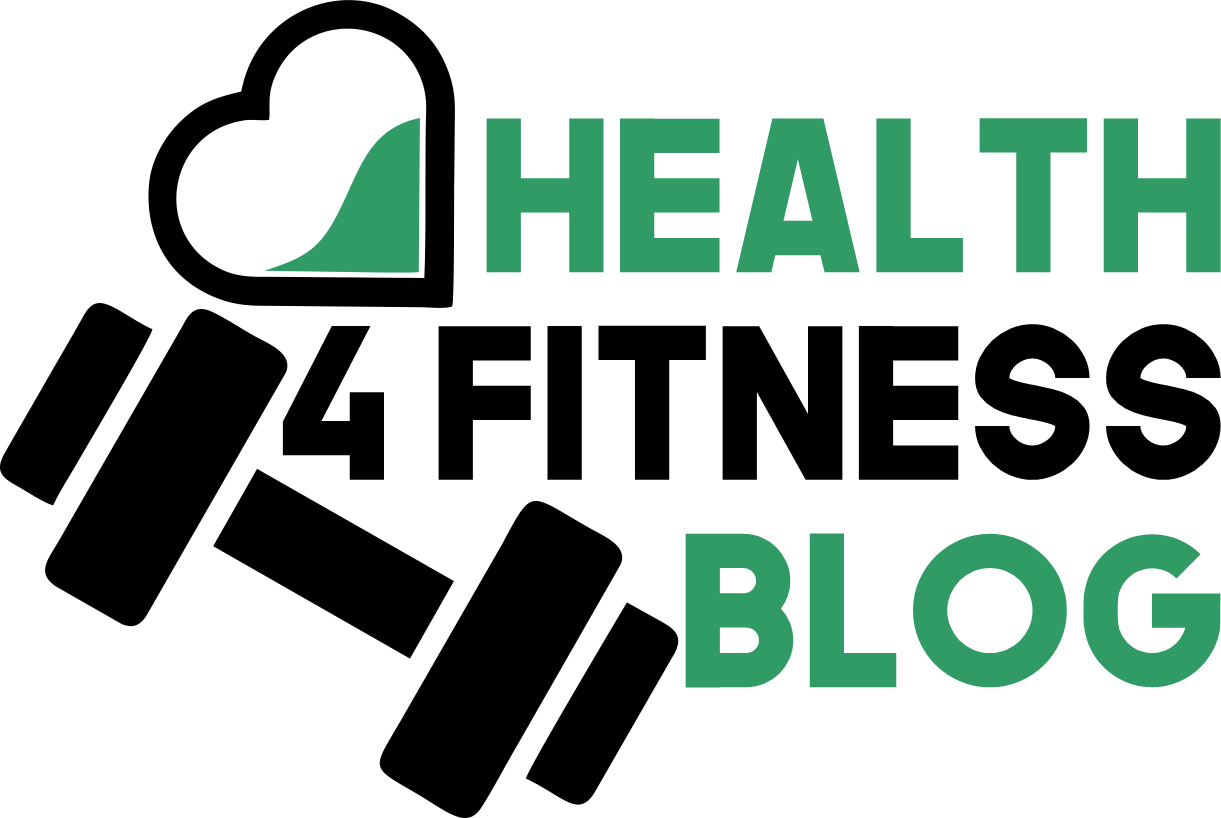An unhealthy gut doesn’t just lead to stomach pains and indigestion. Our gut’s health is essential for the rest of our body too!
We get most of the nutrients we need from the food we eat, and where does this food pass through before it gets distributed through our bloodstream? Why, our digestive system, of course! Proper digestion is often vital to adequate nourishment, without which we wouldn’t be able to get by.
Aside from that, the multitudes of bacteria (some good, some bad) that live in our gut, collectively called our microbiome, contribute to various aspects of our health, including our immunity, cardiovascular system, weight management, skin, and even mental health!
A balanced gut microbiome makes all the difference, so don’t take yours for granted! Here’s how to improve gut health naturally so you don’t suffer in the long run!
Improve Gut Health and Achieve Indigestion Relief
Common Digestive Disorders
When we think about gut problems, the first thing that we usually think about is indigestion. It’s one of the most common issues our stomach faces, sometimes on a near-daily basis. But other standard digestive orders could also stem from an unhealthy gut.
This is where timely and appropriate treatments, such as stomach flu treatment, play a crucial role. They can help manage the symptoms, restore gut health, and prevent potential complications arising from prolonged digestive disturbances.
Other than indigestion, common digestive problems could run the gamut from those most heard about, like constipation, diarrhoea, and bloating, to less common ailments, such as IBS, IBD, GERD, gastroenteritis, and other severe digestive issues. These are usually triggered by our body’s inability to digest the food we eat correctly or from harmful bacteria and viruses. Thankfully, most of these issues can be treated — and better yet, prevented!
How to Relieve Indigestion
Let’s start with the basics: what’s indigestion, how do we get it, how can we prevent it, and what can we do to get rid of it?
Indigestion usually happens when our digestive system fails to digest the food we eat properly. This might cause by several factors, including eating too much or too quickly, having too much greasy or spicy food, and drinking too much caffeine or alcohol. Indigestion can even be a symptom of other serious digestive issues or a sign of too much stress. Whatever the case, indigestion can often be avoided simply by watching your diet and ensuring you’re not having too much of a good thing.
Even so, indigestion can strike at the most inconvenient times, so here’s how to relieve indigestion quickly and easily.
Medication: A quick break should be in order if your diet causes your stomach woes. The over-the-counter medication made specifically for relieving symptoms of indigestion, like Enzymedica Digest Gold Digestive Enzymes, is one of the best and fastest ways to soothe aches and discomfort.
Natural remedies: Other natural remedies for indigestion relief, like peppermint, ginger, fennel or chamomile, are great for those who prefer a relaxing cup of tea after a meal.
Apple cider vinegar: Sometimes, indigestion can be caused by the stomach lacking enough acid to break down the food we consume, making it unable to digest properly. A popular home remedy for this is apple cider vinegar, which is naturally acidic. It provides more acid, but apple cider vinegar may also stimulate our stomach to produce more acid, which leads to improved digestion!
Digestive enzymes: Still having trouble breaking down food in your stomach? A lack of digestive enzymes could be the problem. So, what are digestive enzymes? These naturally occurring proteins in our body assist digestion by stimulating the chemical reactions that help break down food in our gut. The more digestive enzymes you have, the smoother the process!
Anti-inflammatories: Gut inflammation can be another cause of indigestion. This can be a symptom of something more serious, like IBD, especially if it’s chronic. Supplements like Terry Naturally CuraMed 750mg are made with herbs for intestinal inflammation and are designed to soothe our digestive tract’s chronic inflammation. Incorporating natural anti-inflammatory foods into your diet could help immensely relieve and prevent further inflammation. Fruits rich in antioxidants, like blueberries, grapes, cherries, and citrus fruits, are a mainstay for managing inflammation. Spices like turmeric, fenugreek and cinnamon are also good options to have.
What If It Gets Worse?
If your indigestion continues, you could have something more severe on your hands. Indigestion is sometimes a symptom of a much larger problem, especially when coupled with other common symptoms like constipation, diarrhoea, and bloating. When push comes to shove, always consult a healthcare professional.
If you cannot seek immediate help, you can still try to relieve some symptoms, especially indigestion, using any of the above methods.
Detox: But if a long-term solution to improve gut health is what you’re after, it might be time for a full detox and reset! A diet full of antioxidants and healthy greens is, as always, the best way to flush out any harmful toxins and clean our bodies inside and out.
Diet and exercise: Along with reducing our intake of fatty, salty, and sugary food, regular exercise, and getting enough sleep, a full detox is easily achievable! One of the simple ways to start is simply by drinking more water if you don’t already have enough daily.
Elemental diet: If you have trouble getting enough nutrients in your daily diet, you can try an essential diet! What is a basic diet? It’s a liquid meal replacement method that contains a complete nutritional profile from the most critical food groups broken down into their most “elemental” or basic form. It’s also a fantastic way to incorporate healthier food into your diet, especially ones you don’t get every day or often. Plus, when it comes in a handy powder form, like Integrative Therapeutics Elemental Diet Powder, you get the convenience of having it anytime, anywhere, whatever way you like it.
The Bottom Line
You may have noticed a trend here by now, but if you haven’t caught on to it yet, here’s a heads up — our diet plays an essential role in maintaining our digestive health and reducing the risk of health issues. So eating healthy, taking digestive supplements, and ensuring you get all the proper nutrients are key factors!
But as always, the best cure is often prevention. One way we can stop indigestion and other symptoms of digestive issues are by maintaining a delicate balance of gut bacteria.
How to Increase Good Bacteria in the Gut Naturally
Believe it or not, our gut needs bacteria! But, like most things, we need to strike a good balance. The precise balance of “good” and “bad” bacteria, also called our gut microbiome or microflora, is essential for our gut health and digestion. But now the question is: how can we restore gut flora?
That’s easy! A substantial dose of prebiotics and probiotics should do the trick to improve gut health and have you on the way to a better digestive process!
Prebiotics vs Probiotics
Now you might wonder, what’s the difference between prebiotics and probiotics? Probiotics contain actual live microorganisms that increase “good” bacteria, decrease “bad” bacteria, restore gut flora, or help maintain healthy gut microflora levels. Prebiotics, meanwhile, feed our microflora, giving them the proper nutrients to thrive.
Both are equally great to have. The only difference is prebiotics are more effective for nourishing already existing microflora in our gut, while probiotics improve deficient microflora levels.
Where To Get Prebiotics And Probiotics Naturally
Thankfully, prebiotics and probiotics are easy to improve gut health and aren’t that hard to come by.
Prebiotics are naturally found in many foods, but mostly in greens, fruits, vegetables, and grains. Foods like chicory, garlic, onions, bananas, and dandelion greens contain significantly more prebiotics than others, but eating a variety of fruits and vegetables should still be enough to get a sufficient amount of prebiotics from your diet alone.
Probiotics, meanwhile, can mostly be found in fermented food, the most common being yogurt. Other examples of food where you can naturally find probiotics include kimchi, kombucha, kefir, pickles, sauerkraut, miso, and sourdough bread.
However, that’s okay if you’re not into yogurt or other fermented foods. You can quickly get both prebiotics and probiotics from natural supplements. Try to find probiotic supplements that contain at least 10 to 20 million CFU of live bacteria. CFU stands for colony-forming units, which means bacteria that can divide and create new cultures, multiplying the amount of microflora in our gut. The more CFU, the better! Always check the label of your favourite yogurt or probiotic supplement for the right amount of CFU.
Renew Life Probiotics Ultimate Flora 200 Billion is a fantastic option that contains up to 200 billion CFU. If you’re wondering how to replenish good bacteria after antibiotics, this probiotic supplement is for you! Prebiotic supplements like Renew Life Prebiotic Fiber Powder are a fantastic source of prebiotics for a powerful boost in gut microflora.
Conclusion
Improving our gut health is more than just eliminating indigestion and other problems. Our digestion is linked to many different aspects of our health, and just like a well-oiled machine, we need every part to keep working correctly to stay in our best health. Like we said earlier, proper digestion is frequently the key to nourishing, so never take your gut health for granted. Now that you know how to develop gut health naturally, you can move on to bigger and better health goals!
If you’re unsure about the state of your gut microflora or which supplements are best for your particular needs, start by consulting a trusted healthcare professional or your local health supplement store.








